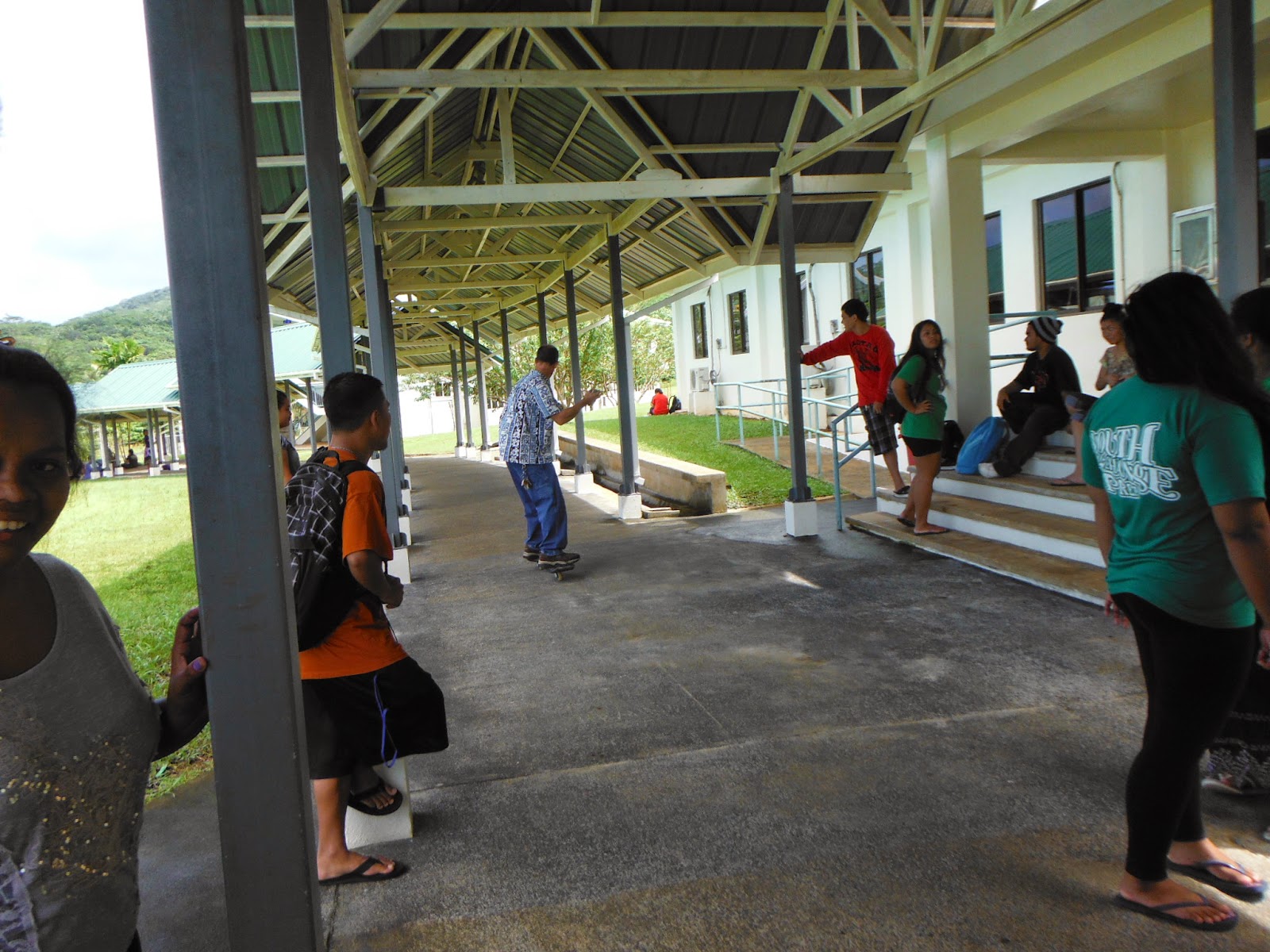RipStik Deceleration

Acceleration is introduced by riding a RipStik up a slope while decelerating, turning around at the top of the slope, and then accelerating back downslope. Posts along the covered walkway provide timing points. Prior to going outside on Monday I sketched a graph on the board of what a time versus distance graph should look like if I rode with decreasing speed and then turn around and ride with increasing speed. The result is a roughly parabolic prediction. Note that negative velocity on a graph was also covered on Monday. time (s) split dist (cm) distance (cm) velocity (cm/s) acceleration (cm/s²) 0 0 0 0.97 306 306 315.46 Running 2.13 305 611 262.93 -45.29 Avg Acc 3.69 307 918 196.79 -42.39 -44 6.72 316 1234 104.29 -30.53 -39 10 -316 918 -96.34 -61.17 -45 11.82 -307 611 -168.68 -39.75 -44 13.07




